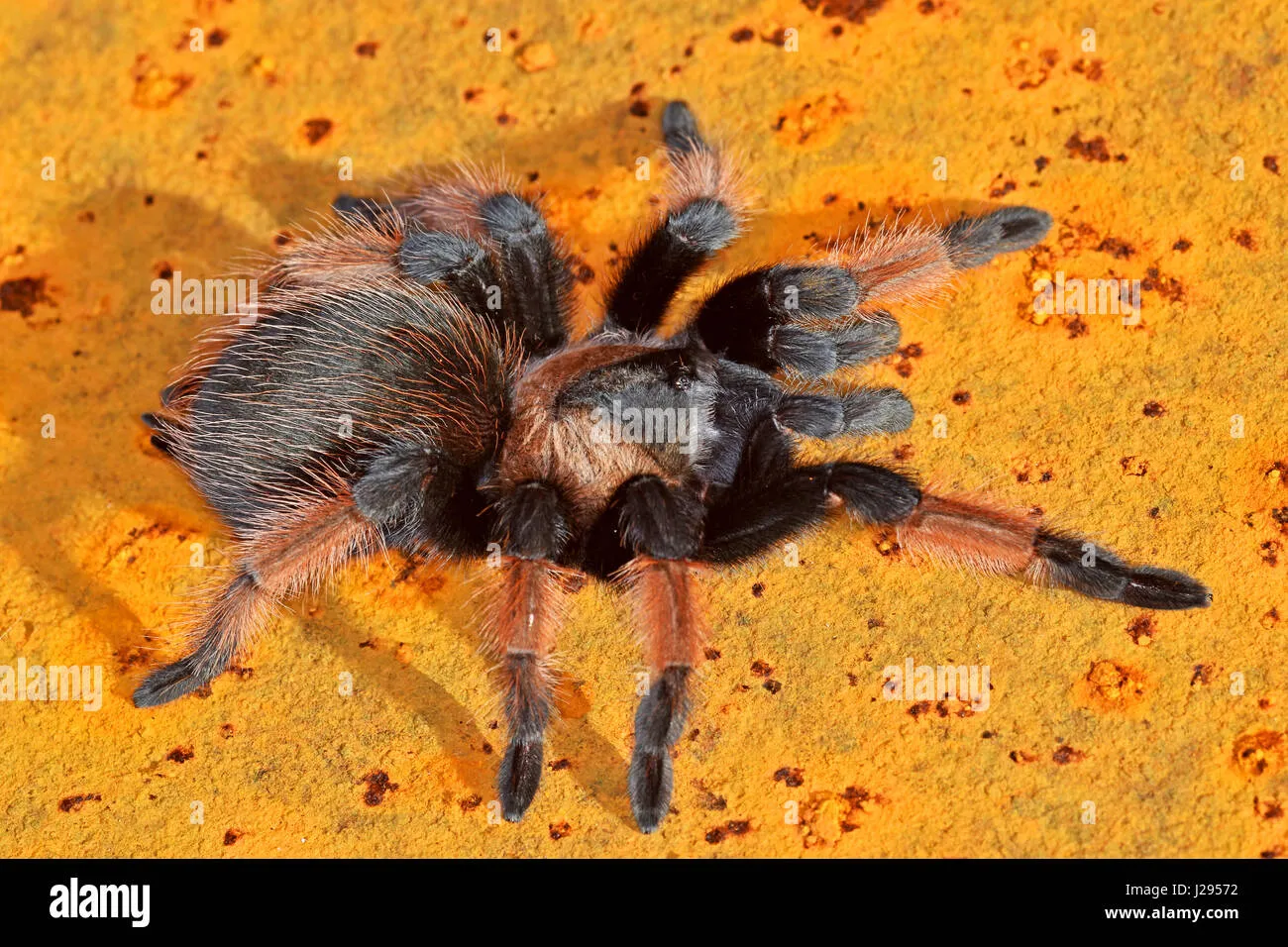What Influences Tarantula Juvenile Size
Understanding the factors that influence tarantula juvenile size is crucial for responsible pet ownership. Several elements play a significant role in how large and healthy your young tarantula becomes. These factors encompass genetics, diet, environmental conditions, and the natural molting process. By carefully considering these elements, you can provide the best possible care, ensuring your tarantula thrives during its juvenile phase. Proper care not only affects the size, but also the overall well-being and longevity of your tarantula, making it essential for any tarantula enthusiast to gain comprehensive knowledge about these influences. This guide will delve into each of these aspects, offering practical advice and insights to help you raise a healthy juvenile tarantula.
Genetics and Tarantula Size
Genetics are the foundation of tarantula size. Just like in humans, the genetic makeup of a tarantula determines its potential adult size. Some species, like the Goliath Birdeater, are naturally larger than others, such as the Dwarf Tarantulas. When you acquire a juvenile tarantula, understanding the species is paramount. Researching the typical adult size of that specific species will set your expectations and help you tailor the care to its genetic predisposition. This knowledge informs enclosure size, feeding schedules, and overall expectations for growth. Knowing the genetic potential also helps in identifying any deviations from the norm, such as stunted growth that might indicate underlying health issues. The genetic blueprint, inherited from its parents, is a significant factor determining the ultimate size of your tarantula.
Species-Specific Size Variations
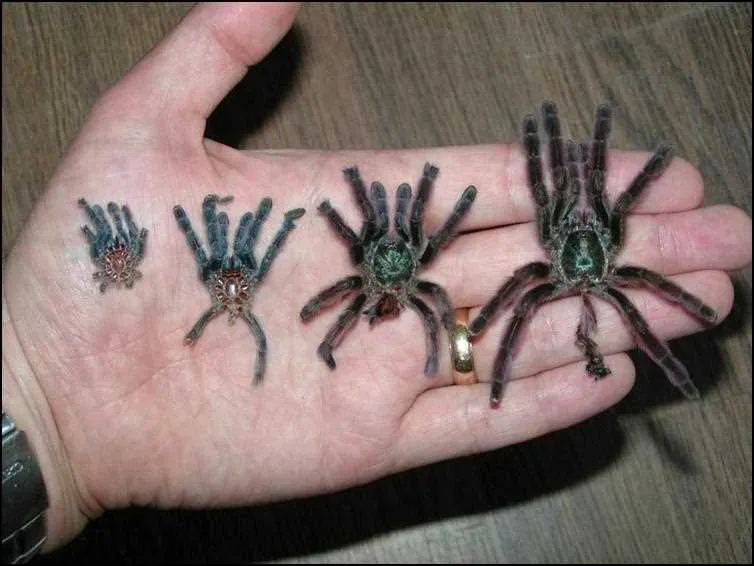
Different tarantula species exhibit considerable size variations. For instance, the Grammostola pulchra, or Brazilian Black, is known for its moderate size, while the Theraphosa blondi, or Goliath Birdeater, can grow to be one of the largest tarantulas in the world. These differences are not just about overall body length; they also influence leg span, carapace size, and overall mass. When comparing juvenile sizes, keep in mind that species-specific growth rates also vary. Some tarantulas grow rapidly during their juvenile stages, while others are slower. This variation makes it essential to research the typical size and growth patterns of the specific species you own. This understanding aids in monitoring growth, adjusting care, and recognizing potential problems. To effectively care for your tarantula, become familiar with the expected size for its specific species.
Diet and Nutrition Impact
A balanced diet is as vital for a juvenile tarantula’s growth as it is for any other animal. The food you provide directly impacts the size and health of your tarantula. Juvenile tarantulas require a diet rich in protein to support their rapid growth phase. Proper nutrition not only helps them attain their potential size but also supports the molting process and the overall well-being of the spider. An inadequate diet can lead to stunted growth, a weakened immune system, and other health problems. Understanding the nutritional needs of your tarantula’s species, as well as providing a consistent supply of appropriately sized insects, is essential for ensuring it thrives. Therefore, carefully consider your tarantula’s diet to ensure it meets its needs.
Feeding Schedule for Juveniles
The feeding schedule for juvenile tarantulas is more frequent than for adults due to their higher metabolic rates and rapid growth. Generally, juveniles should be fed every 2-3 days, or as often as they will readily eat. The key is to offer food regularly without overfeeding. Overfeeding can lead to obesity, which may have negative health effects. The frequency should be adjusted based on the tarantula’s appetite and molting cycle. Before molting, they may stop eating entirely. After a molt, they will often have a ravenous appetite. Monitor your tarantula’s abdomen; a plump abdomen is a good indicator of adequate feeding. Adjust your schedule based on these observations. Ensuring your tarantula receives consistent, appropriately sized meals is key to supporting healthy growth and development.
Types of Food and Portions
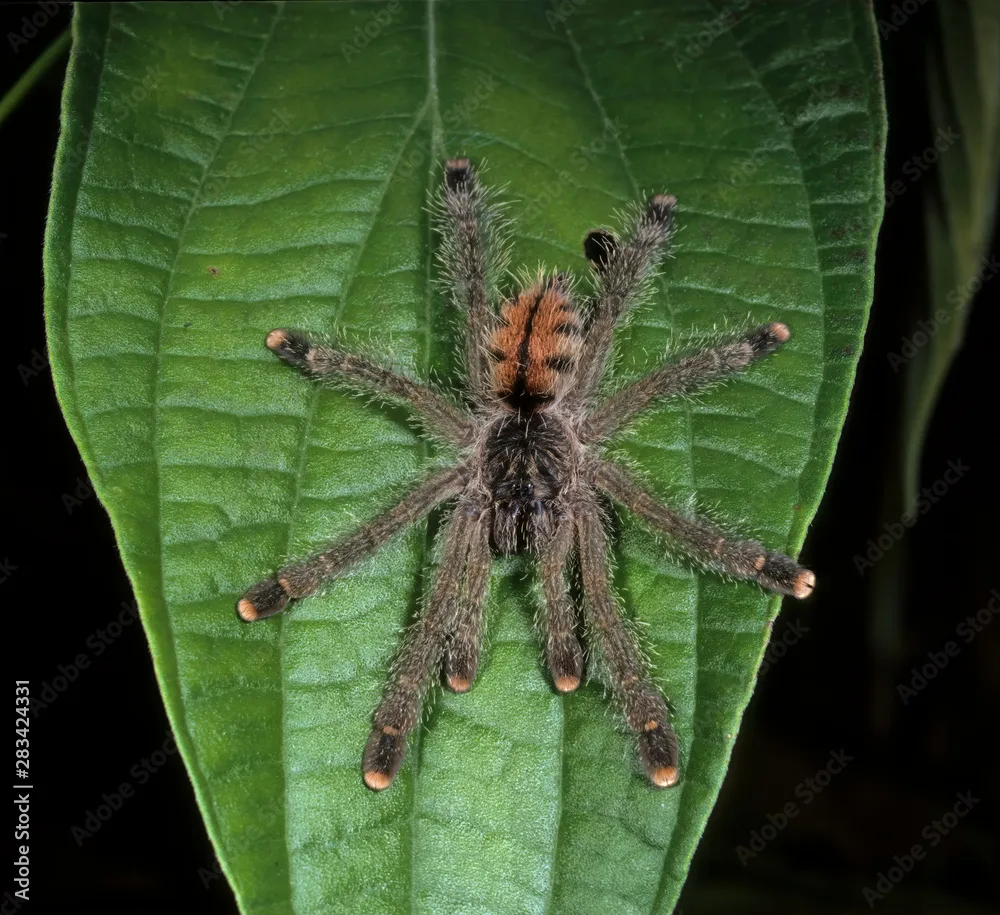
The type and size of food are just as important as the feeding schedule. Crickets, mealworms, and roaches are common food choices for juvenile tarantulas. The size of the prey should be appropriate for the tarantula’s size, generally no larger than the tarantula’s body. Pre-killed prey is often recommended, particularly for beginners, to prevent injury to the tarantula. Offer a variety of food items to ensure a balanced diet. Rotate between different types of insects to provide a range of nutrients. Monitor the tarantula’s feeding habits; if it refuses to eat, this could signal an impending molt or health issue. Adjust the portion size based on the tarantula’s appetite, ensuring that the food is consumed within a reasonable time to avoid leaving uneaten prey in the enclosure, which can stress the tarantula.
Environmental Factors that Matter
Environmental conditions play a critical role in the growth and well-being of juvenile tarantulas. Factors such as temperature, humidity, and enclosure size directly impact their molting frequency, appetite, and overall health. Creating the right environment is just as important as providing proper nutrition. The goal is to mimic the tarantula’s natural habitat as closely as possible to ensure it thrives. Monitoring and adjusting these environmental factors are essential for ensuring your juvenile tarantula grows to its full potential. A poorly maintained environment can lead to health issues, including stunted growth and difficulties during molting. Therefore, pay close attention to the environmental needs.
Temperature and Humidity
Maintaining the correct temperature and humidity levels is crucial for tarantula juvenile health. Tarantulas are ectothermic, meaning their body temperature depends on the environment. Providing a consistent temperature within the species-specific range is essential for optimal growth and molting. Use a thermometer to monitor the temperature in the enclosure. Humidity levels also play a significant role in their health. The correct humidity is critical for molting; too little can lead to molting problems. Use a hygrometer to monitor humidity, and adjust it by misting the enclosure or providing a water dish. Remember that both temperature and humidity requirements vary among species. Research the specific needs of your tarantula and strive to create an environment that meets those requirements.
Enclosure Size and its Effects
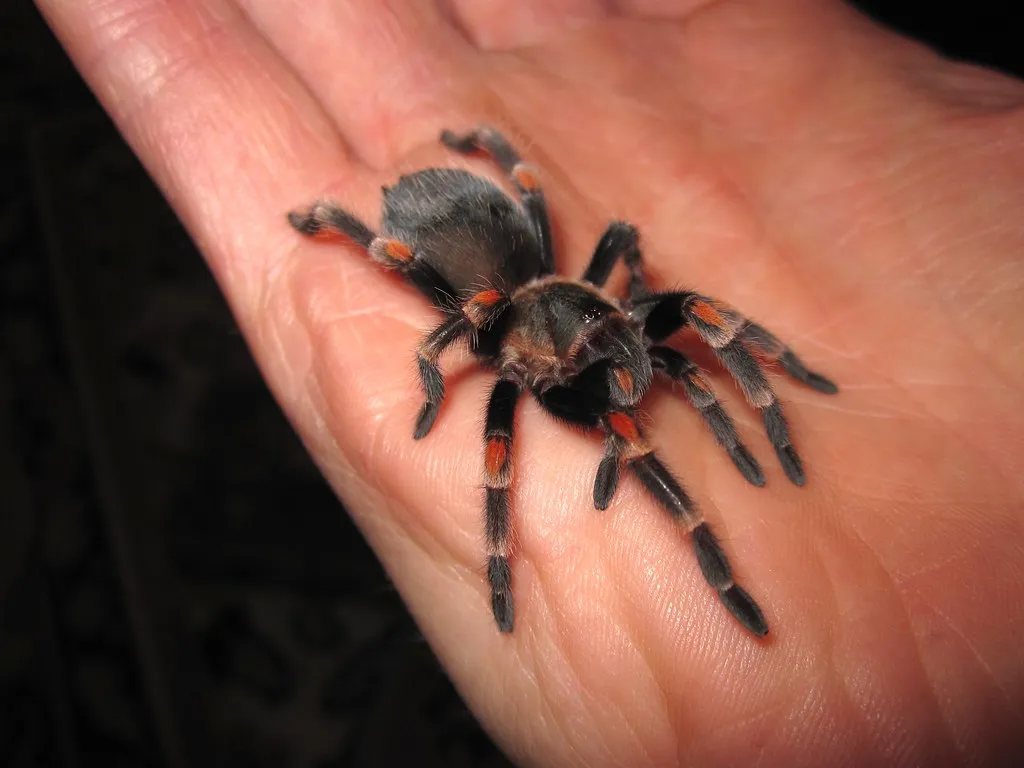
The size of the enclosure significantly impacts a juvenile tarantula’s growth and behavior. A properly sized enclosure provides ample space for the tarantula to move, hunt, and grow. An enclosure that is too small can restrict movement, leading to stress and potentially affecting molting. A juvenile tarantula needs space to establish a burrow or web and feel secure. A good rule is to provide an enclosure that is at least three times the tarantula’s leg span in width. The height should be appropriate for the species; arboreal species require taller enclosures. As the tarantula grows, it will need to be moved to larger enclosures. Regularly assess the enclosure size and upgrade as needed to ensure the tarantula has enough space to thrive and reach its full potential size. The right enclosure contributes greatly to the well-being of your juvenile tarantula.
Molting and Growth
Molting is a natural process for tarantulas. It is the only way they can grow. During molting, they shed their exoskeleton, revealing a new, larger one beneath. The molting process is therefore a critical indicator of growth and overall health. The frequency of molting decreases as a tarantula ages, but during the juvenile phase, it can occur frequently. Understanding this process and the signs of an impending molt is crucial for providing appropriate care and minimizing stress during this vulnerable period. Proper conditions during molting are essential to prevent problems. Knowing what to expect during this time will help you provide the best environment for your tarantula to thrive.
Understanding the Molting Process
The molting process in juvenile tarantulas involves several steps. First, the tarantula prepares by creating a safe space, often sealing itself off in its burrow or web. Then, it absorbs water and swells, causing the old exoskeleton to split. The tarantula then carefully extracts itself from the old skin. The new exoskeleton is initially soft and vulnerable, so the tarantula remains in hiding until it hardens. The entire process can take anywhere from a few hours to several days. Once the new exoskeleton hardens, the tarantula will resume its normal activities. Knowing the phases helps in providing a stress-free environment during molting. It is crucial to avoid disturbing the tarantula during molting to prevent injury or complications.
Recognizing Pre-Molting Signs
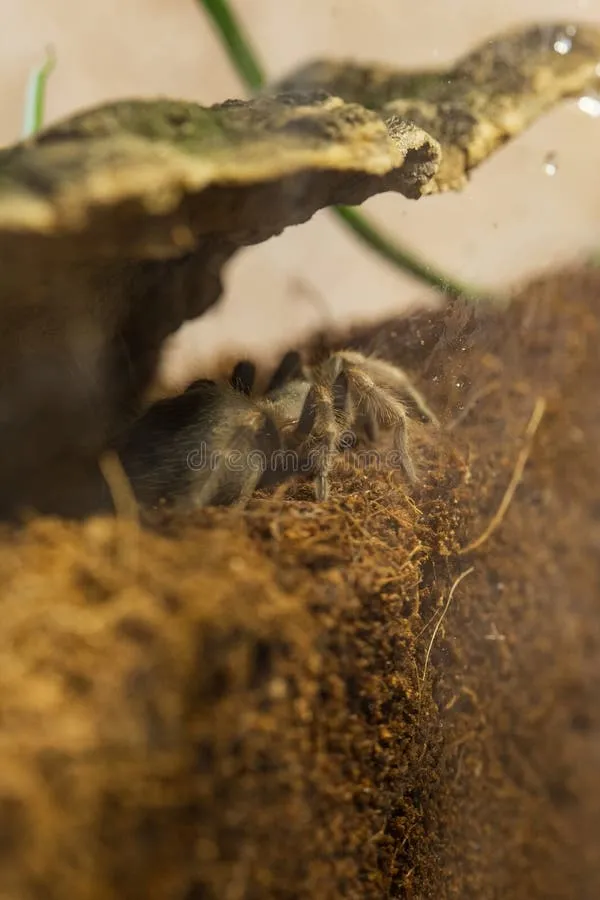
Recognizing the signs of an impending molt is essential for tarantula care. Several clues indicate your tarantula is about to molt. The tarantula may refuse food, become less active, and spend more time in its burrow or hiding spot. Its abdomen may appear dark and swollen, and the exoskeleton might lose its color. In some species, the tarantula may construct a silk mat in preparation. These signs can vary depending on the species, but they all point to the start of the molting process. Observing these behaviors lets you make adjustments to the enclosure to minimize stress during this vulnerable time. Provide a humid environment to help the process and avoid disturbing the tarantula until after it has fully hardened.
Average Growth Rates by Species
Understanding average growth rates for various tarantula species is critical for proper care and expectation management. Growth rates can vary widely, influenced by genetics, diet, environment, and other factors. Knowing the typical growth pattern for your tarantula’s species lets you monitor its development and identify any potential issues. Rapid growth does not always equate to a healthy tarantula. Conversely, slower growth may indicate a problem or be typical for that species. Always research the expected growth rate for the specific tarantula you own, and consult with experienced keepers if you have any concerns about the growth rate of your juvenile tarantula.
Common Juvenile Tarantula Species and Sizes
Different tarantula species have varying growth patterns and adult sizes. Knowing the expected juvenile size of the species you own provides a baseline to compare your tarantula’s development. For example, the Chilean Rose Hair tarantula (Grammostola rosea) is known for its slower growth, while the Greenbottle Blue tarantula (Chromatopelma cyaneopubescens) is known to have a relatively rapid growth rate. Research the average sizes of juveniles for your specific species at various stages. Information can be found on various online resources or in books. This knowledge helps you anticipate growth milestones and provides a reference point for monitoring your tarantula’s health and development. Keep in mind individual variations are normal, but consistent monitoring is crucial.
Growth Chart Examples
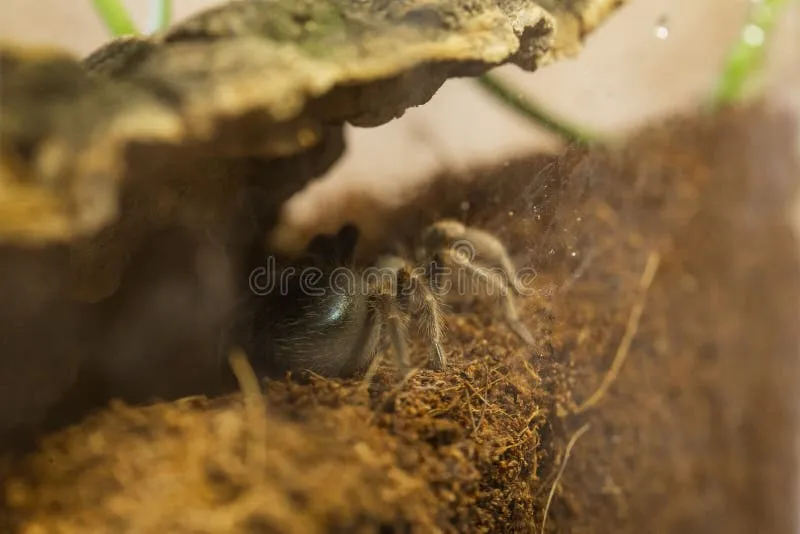
Growth charts can be a useful tool for monitoring the development of a juvenile tarantula. You can create a growth chart based on your tarantula’s molting cycle and size after each molt. Record the date of each molt and the size of the tarantula (body length and/or leg span). Compare the data to published size guidelines or average growth rates for that species. If the growth rate seems slow or irregular, you can analyze your care practices and adjust them to provide the best conditions. These charts also help detect any deviations from the norm, such as stunted growth, which might indicate health issues or a need for veterinary attention. Using these simple charts lets you track and understand the tarantula’s development.
Troubleshooting Stunted Growth
Stunted growth in juvenile tarantulas can result from a range of issues, from improper care to underlying health problems. Recognizing and addressing the causes of stunted growth is essential to ensure the tarantula thrives. Monitoring the growth rate and comparing it to the expected size for that species is the first step. If growth appears to be slower than expected, investigate potential causes. Often, the problem can be linked to issues with diet, environmental conditions, or health. Thoroughly reviewing your tarantula’s care routine can usually pinpoint the problem. Prompt action can often correct stunted growth and improve the spider’s chances of developing healthily.
Identifying Potential Issues
Identifying potential issues that might be causing stunted growth involves a systematic examination of all aspects of care. First, review the feeding schedule, prey size, and nutritional value of the food. Ensure the tarantula is being fed an appropriate diet for its species and age. Next, check the enclosure’s temperature and humidity levels. Verify they meet the species’ needs and that the conditions are stable. The enclosure size also needs to be appropriate. If the enclosure is too small, it can restrict growth and cause stress. Observe the tarantula’s behavior, looking for signs of illness or discomfort, such as lethargy, lack of appetite, or unusual postures. Consider potential health problems or parasites. This systematic approach helps in diagnosing the problem and creating an effective plan.
Seeking Expert Advice
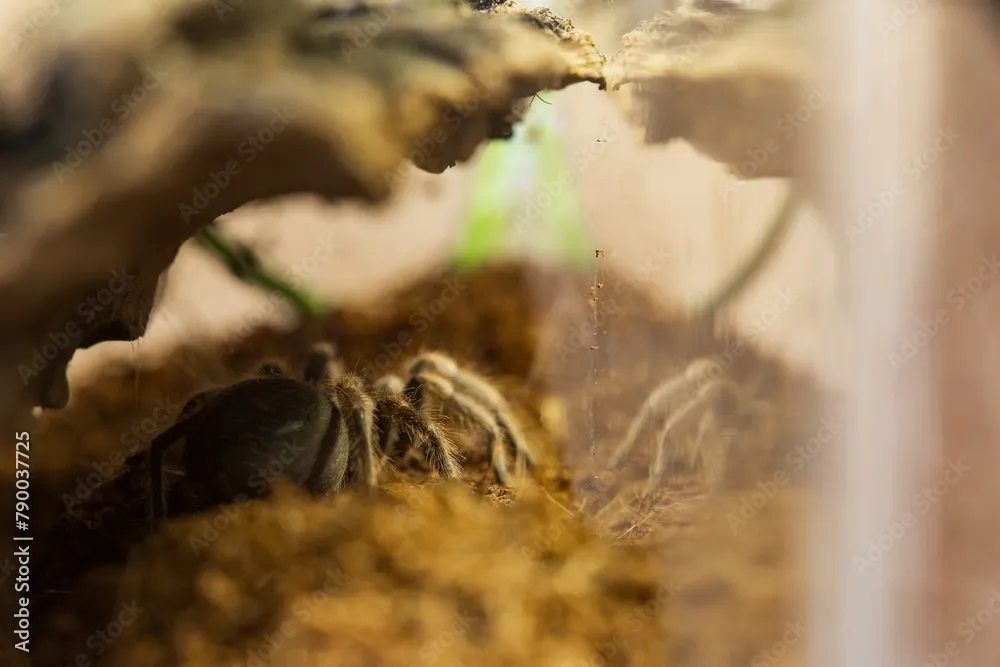
If you are concerned about your tarantula’s growth, don’t hesitate to seek expert advice. Experienced tarantula keepers and exotic animal veterinarians can provide valuable insights and guidance. Consult online forums, social media groups, or local exotic pet clubs. These communities often offer valuable advice from experienced keepers. Contact an exotic animal veterinarian for a professional assessment of your tarantula’s health. They can perform tests and provide a diagnosis and treatment plan. Never feel afraid to seek help; expert advice can be crucial to addressing the issues and ensuring your tarantula gets the care it needs to thrive. Professional help is particularly essential for more complex health concerns.
In conclusion, understanding tarantula juvenile size and the factors that influence it is essential for any tarantula keeper. Genetics, diet, environmental conditions, and molting all play crucial roles in the growth and well-being of these fascinating creatures. By providing proper nutrition, a suitable environment, and a stress-free experience during molting, you can help your juvenile tarantula reach its full potential. Remember to research the specific needs of your species and monitor its development. If you have concerns about growth, do not hesitate to seek advice from experienced keepers or a veterinarian. Your dedication to proper care ensures a long and healthy life for your tarantula.
